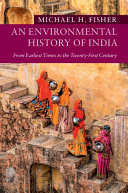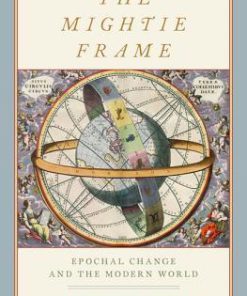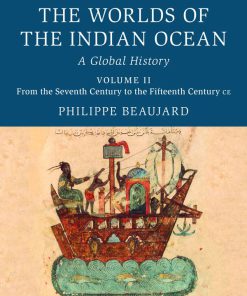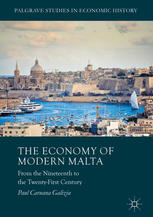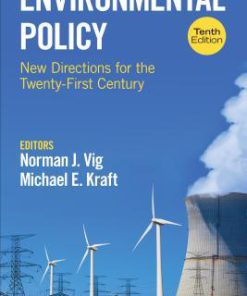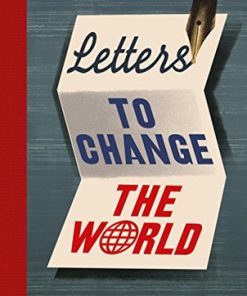The Origins of the Modern World 5th Edition by Robert Marks ISBN 1538182785 9781538182789
$50.00 Original price was: $50.00.$25.00Current price is: $25.00.
The Origins of the Modern World 5th Edition by Robert B. Marks- Ebook PDF Instant Download/Delivery: 1538182785, 978- 1538182789
Full download The Origins of the Modern World 5th Edition after payment

Product details:
ISBN 10: 1538182785
ISBN 13: 978-
Author: Robert B. Marks
This clearly written and engrossing book presents a global narrative of the origins of the modern world from 1400 to the present. Unlike most studies, which assume that the “rise of the West” is the story of the coming of the modern world, this history, drawing upon new scholarship on Asia, Africa, and the New World and upon the maturing field of environmental history, constructs a story in which those parts of the world play major roles, including their impacts on the environment. Robert B. Marks defines the modern world as one marked by industry, the nation state, interstate warfare, a large and growing gap between the wealthiest and poorest parts of the world, increasing inequality within the wealthiest industrialized countries, and an escape from the environmental constraints of the “biological old regime.” He explains its origins by emphasizing contingencies (such as the conquest of the New World); the broad comparability of the most advanced regions in China, India, and Europe; the reasons why England was able to escape from common ecological constraints facing all of those regions by the end of the eighteenth century; a conjuncture of human and natural forces that solidified a gap between the industrialized and non-industrialized parts of the world; the mounting environmental crisis that defines the modern world; and the ways in which the forces of globalization stress the economic and political underpinnings of the modern world.
Now in a new edition that brings the saga of the modern world to the present in an environmental context, the book considers how and why the United States emerged as a world power in the twentieth century and became the sole superpower by the twenty-first century, and why the changed relationship of humans to the environmental likely will be the hallmark of the modern era—the Anthropocene. Once again arguing that the US rise to global hegemon was contingent, not inevitable, Marks also points to the resurgence of Asia and the vastly changed relationship of humans to the environment that may in the long run overshadow any political and economic milestones of the past hundred years.
The Origins of the Modern World 5th Table of contents:
Chapter One: The Material and Trading Worlds, circa 1400
This chapter examines the world around the year 1400, focusing on the material conditions and trading systems that shaped global interactions.
Key Topics:
- The Biological Old Regime: A look at the agricultural and ecological conditions of the time.
- The Weight of Numbers: Population figures and their impacts on societies.
- Climate Change: How climate affected civilizations.
- Population Density and Civilization: The relationship between population concentration and the development of societies.
- Agricultural Revolution: Key agricultural changes that impacted civilization.
- Towns and Cities in 1400: The growth and importance of urban centers.
- Nomadic Pastoralists: The role of nomadic societies.
- Wildlife: The state of the natural environment.
- Population Growth and Land: The dynamics between population increases and available resources.
- Famine: The role of famine in shaping history.
- The Nitrogen Cycle and World History: The influence of agricultural practices on global history.
- Epidemic Disease: The impact of diseases like the Black Death.
- The World and Its Trading System circa 1400: Overview of global trade at this time.
- The Black Death: A major pandemic that had a profound impact on the world.
Chapter Two: Starting with China
This chapter focuses on China and its global interactions, particularly the maritime explorations of Admiral Zheng He and China’s involvement in global trade.
Key Topics:
- The Voyages of Admiral Zheng He: China’s maritime exploration and trade during the early 15th century.
- India and the Indian Ocean: The role of India and its trade networks in the Indian Ocean.
- Dar al-Islam, “The Abode of Islam”: The influence of the Islamic world on trade and culture.
- Africa: The role of Africa in global exchange, including the slave trade.
- Slavery: The impact of slavery on global trade and labor systems.
- Europe and the Gunpowder Epic: Europe’s military and technological advances.
- Armed Trading on the Mediterranean: The role of Mediterranean powers in trade.
- Portuguese Explorations of the Atlantic: Early European exploration.
- Armed Trading in the Indian Ocean: European and Asian powers’ role in the Indian Ocean trade.
Chapter Three: Empires, States, and the New World, 1500–1775
An examination of the rise of empires, their expansion, and their impact on the world, including the establishment of European dominance in the Americas.
Key Topics:
- Empire Builders and Conquerors: Key empires such as Russia, China, and the Islamic empires.
- The Dynamics of Empire: How empires grew and maintained control.
- The Americas: The impact of European colonization in the Americas.
- The Columbian Exchange: The exchange of goods, ideas, and diseases between the Old and New Worlds.
- Labor Supply Problems: The need for labor in the New World.
- Silver: The role of silver in the global economy.
- The Spanish Empire and Its Collapse: The rise and fall of Spain’s empire.
- China’s Demand for Silver: China’s role in the silver trade.
- The New World Economy: Economic changes in the Americas and their global impact.
- Sugar, Slavery, and Ecology: The interconnection between these elements.
- Human Migration and the Early Modern World: The movement of people and its impact on global systems.
- The Global Crisis of the Seventeenth Century: A period of instability in global politics and economics.
- Mercantilism: The economic theory that drove European policies.
- The Seven Years’ War: The global conflict that shaped empires.
Chapter Four: The Industrial Revolution and Its Consequences, 1750–1850
A discussion of the Industrial Revolution, its origins, and its profound consequences on global trade, society, and the environment.
Key Topics:
- Cotton Textiles: The rise of cotton industries and their global impact.
- The New World as a Peculiar Periphery: How the Industrial Revolution affected the colonies.
- New Sources of Energy and Power: The shift to coal, steam, and iron.
- Science and Technology: The relationship between scientific progress and industrialization.
- Tea, Silver, Opium, Iron, and Steam: The global commodities driving industrial economies.
Chapter Five: The Gap
A deep dive into the persistent disparity between the West and other parts of the world.
Key Topics:
- Opium and Global Capitalism: The role of the opium trade in the global economy.
- Industrialization Elsewhere: Attempts by other countries to industrialize.
- Social Darwinism and Eurocentrism: The use of race-based theories to justify Western superiority.
Chapter Six: The Great Departure
An exploration of the 20th century and the major disruptions that reshaped the global order.
Key Topics:
- World War I and the Thirty-Year Crisis: The political and economic turmoil that defined the early 20th century.
- Colonial Independence Movements: The struggle for independence in colonized nations.
- World War II: The global conflict that reshaped international politics.
Part II: Reglobalization in the Post–World War II and Cold War Worlds, 1945–91
This part explores the post-World War II period, focusing on the rise of globalization, the Cold War, and the processes of decolonization and economic development.
Part III: Globalization and Its Opponents, 1991–Present
A discussion of the rise of globalization in the post-Cold War era, the challenges it faced, and the rise of opposition to it.
Part IV: The Great Departure: Into the Anthropocene
This part explores the environmental consequences of globalization, focusing on issues such as climate change, deforestation, and species extinction.
People also search for The Origins of the Modern World 5th:
muslim community of troy
what is the origin of the muslim religion
the muslim community established the shari’ah
black muslim community
b. background information on islam
Tags:
Robert Marks,Origins,Modern,World 5th
You may also like…
Politics & Philosophy - Social Sciences
The Mightie Frame: Epochal Change and the Modern World Nicholas Greenwood Onuf
Politics & Philosophy - Anthropology
Business & Economics
Politics & Philosophy - Politics
Politics & Philosophy - Social Sciences
Business & Economics
Politics & Philosophy - Social Sciences




